If you want the best out of your vegetables and fruits, then follow these Gardening Hacks for Spectacular Harvest all year round!
If you want to know about some secret Gardening Hacks for Spectacular Harvest, then we have the best ones lined up!
Check out the Best Cut and Come Again Vegetables here
Gardening Hacks for Spectacular Harvest
1. Start Seeds in Biodegradable Pots
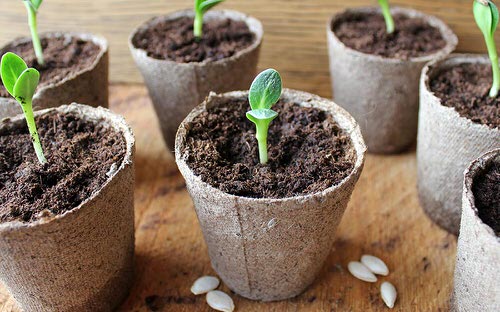
Starting seeds in biodegradable pots will eliminate the fuss of taking the clump out of the seed starter. This will bar the chances of root damage while transplanting.
You may use egg shells, paper cups, lemon rind, or coconut coir to start the seeds and plant the same in your garden bed. The pots will decompose in the soil, adding to the nutrients.
2. Reduce Transplant Shock with 1 Gallon Plastic Milk Jugs
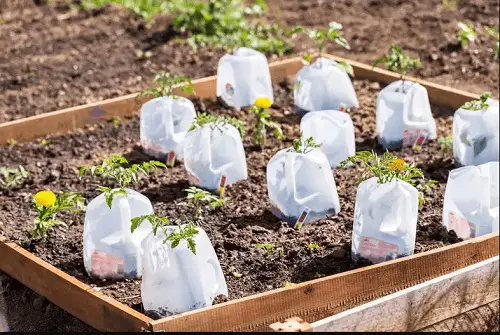
Transplanting shock is common, especially for squash, cucumbers, melons, peas, and beans, as they need some time to acclimate to the new growing conditions.
To prevent them from stressing, cover each plant with a plastic milk jug, cutting the bottom end and leaving the lid open. Push a stick in the soil from the opening to prevent it from blowing away. It will act as a mini greenhouse and help the plants to adapt to the new environment.
Check out the Top Tips to Minimize Transplant Shock here
3. Use Wool as Mulch
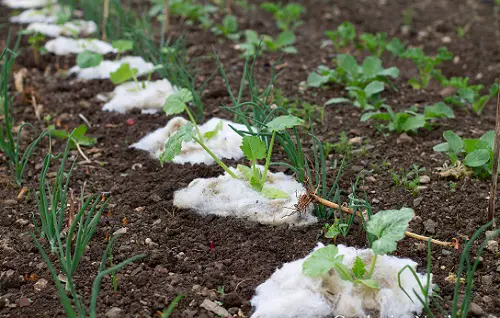
Using wool as mulch will prevent slugs from feeding on the tender saplings, suppress weeds, improve water retention, regulate the soil temperature, and act as a slow-releasing nitrogen source to the plants.
You may cover the soil with wool packaging or the leftovers from any sheep shearing factory.
4. Angle Soil Towards South
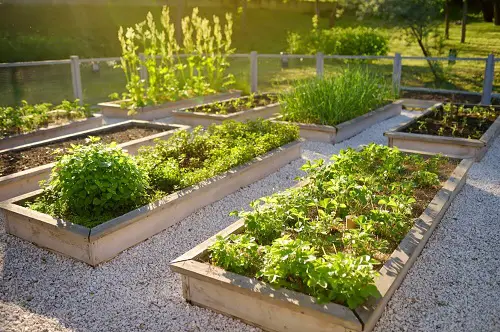
Tilting the soil bed slightly towards the south will enable the sun rays to reach the soil beds directly at an angle. This will warm up the soil beds faster than usual, giving the much-needed warmth to the seeds for germination.
5. Ripen the Harvest Quickly Using Bananas
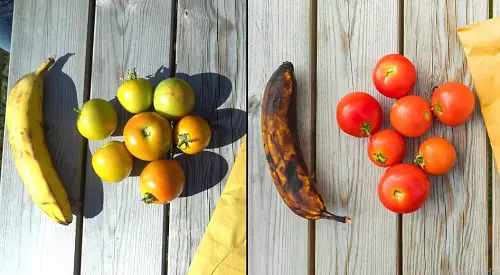
If you wish to ripen your harvest like tomatoes quickly, put them in a paper bag with one or two bananas.
As the banana ripens, it emits ethylene gas—a fruit-ripening hormone, while the paper bag will capture the gas inside. This will boost the ripening process of your veggie, that too organically.
6. Use Ropes to Section Up the Planting Bed
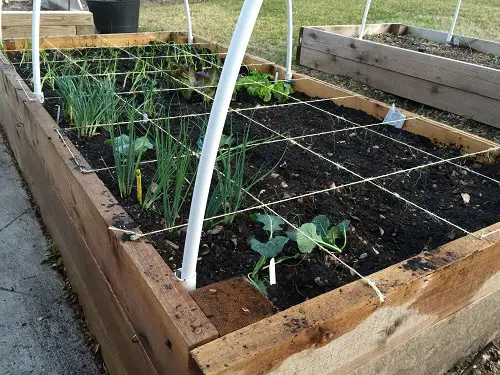
Use ropes to divide the raised beds into different sections, each for growing vegetables, herbs, or flowering varieties. This will give it a tidy look, besides making it easier to navigate through the area for different gardening chores.
It can also work wonders for square foot gardening.
Check out some Indoor Hanging Garden Ideas here
7. Save Eggshells to Use in the Garden

Instead of throwing the eggshells in the trash, save them and add them to a compost pile for calcium-rich natural fertilizer. You can also use them as mulch around trees.
Learn about Using Egg Shells in the Garden here
8. Keep Coffee Ground for Your Garden
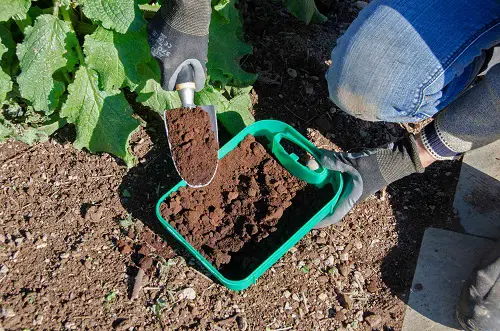
You’ll love this simple hack; coffee grounds can be a great addition to your garden; add them to compost, mulch, or fertilizer, and they will benefit your plants in the best way.
It also keeps critters at bay and protects the plants.
Want to Use Coffee Grounds for Plants? Click here
9. Leftover Wine In the Garden

Leftover wine has many amazing uses in the garden; it can be added to compost and used as a weed killer, fertilizer, and vegetable cleaner.
Find out some Surprising Wine Uses in the Garden here
10. Keep Birds Away From Garden With Red Veggies

Hang rock or plastic balls wrapped in shiny red paper with the help of string or rope next to the fruits and vegetables. When birds try to peck at the hard shell of the ornament or rock, they will not dare to do this again. This hack will protect strawberries and tomatoes significantly.
11. Grow Vertically

This hack is super easy to follow, just fill soil in a laundry basket and grow plants like berries, potatoes, peppers, strawberries, or flowers to make a useful and attractive addition to your garden.
12. Attract Bees To Pollinate in Your Garden
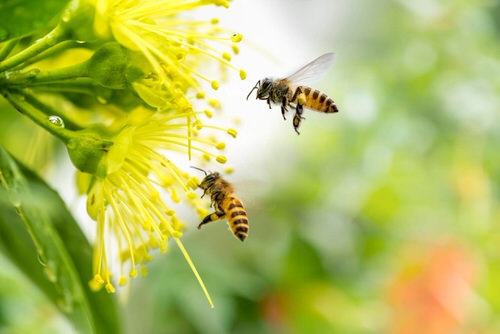
Bees help greatly in pollinating your plants. Dedicate one corner of your garden for growing wildflowers that bees enjoy each year. Fix a signboard with a message and welcome bees in your garden.
Want to Attract Bees to your Garden? Click here
13. Don’t Forget About Mulching
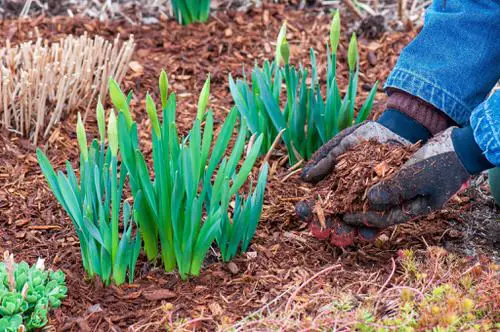
Most gardeners believe a spectacular harvest can be achieved by timely fertilization, watering, and pest control, but they miss something essential during this process— mulching around the plants.
It is the best way to improve the health of your produce. It retains moisture, protects the soil from increased temperature, saves the roots from waterlogging, and prevents weeds.
Learn about Using Pine Needle for Garden Mulch here
14. Use Aquarium Water in the Garden

You can boost the growth of the garden plants by using aquarium water, as it is a good source of phosphorus, ammonia, potassium, and nitrogen. Learn more here.
15. Wrap Foil Around Squash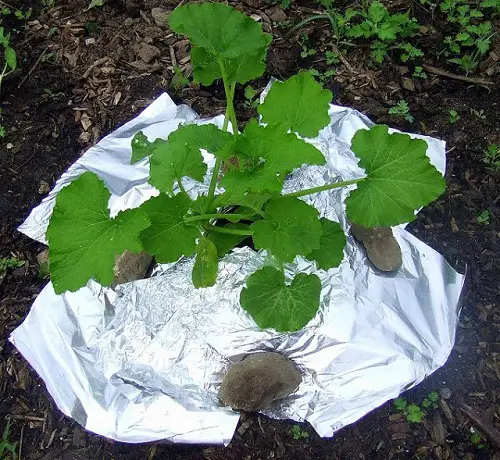
Squashes are prone to grubs and larvae. The best way to save them from the attack is to use foil to cover their stems, especially the bottom ones.
Make sure the wrap goes 1/2 – 1/4 inch deep into the soil for the best protection.
16. Use Old T-Shirts
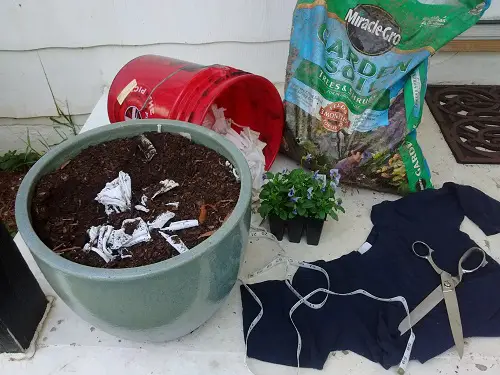
If you want to keep your harvest safe from the attacks of hungry birds, then it would be a great idea to cover the crops using old t-shirts. They work as an excellent natural deterrent.
17. Plant Quick Growing Veggies Between Slow Growing Ones
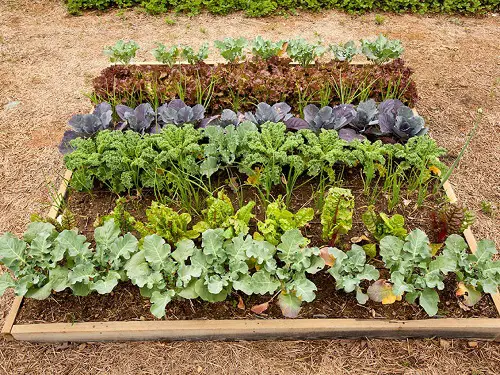
Growing beans on top of lettuce is a great way to protect the leafy green while having an additional vegetable on your platter.
Similarly, grow radishes between potatoes, as they will be ready to consume halfway before potatoes, giving you a harvest before potatoes get ready.
18. Use Powdered Milk
Powdered milk is a potent source of calcium that banishes the blossom end rot in plants. It also strengthens the cell membranes and serves as a beneficial pesticide that helps bar powdery mildew and other fungal and bacterial diseases.
You can either sprinkle 1/4 to 1/2 a cup of powder around the soil, depending on the pot size, or dilute it with water in a 1:1 ratio to make a potent foliar spray for your plants.
Check out the Best Milk Powder Uses in the Garden here
19. Grow Melons, Squash and Cucumber Vertically

Always make sure to grow the vining vegetables vertically. This will save your space and keep the fruits from rolling on the ground, which will otherwise lead to fungal rot and other bacterial infections.
Check out the Best Vining and Climbing Vegetables here
20. Intercrop with Garlic, Onions, Chives, and Chrysanthemums
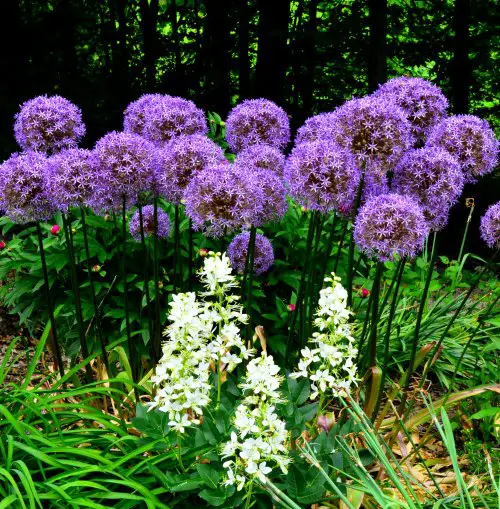
Studies say intercropping of these crops results in reduced aphid infestation, fertilizes the soil for the other varieties, and ensures better yield.
21. Spread Diatomaceous Earth
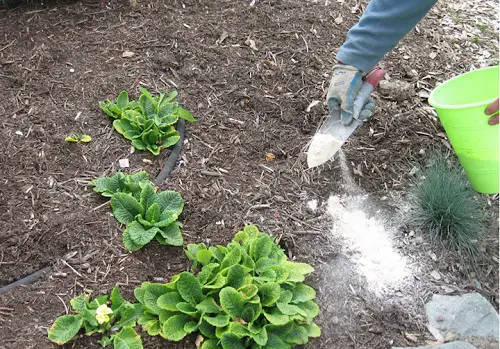
Diatomaceous earth is a non-toxic option to fight garden pests. Sprinkle it around the plants or at a spot where the pests frequent.
When the insects come in contact with the powder, it dehydrates, ripping them off their natural oil and moisture, thus keeping your garden free from unwanted critters.
Find out the Top Diatomaceous Earth Uses in the Garden here
22. Use Stakes to Support Plants
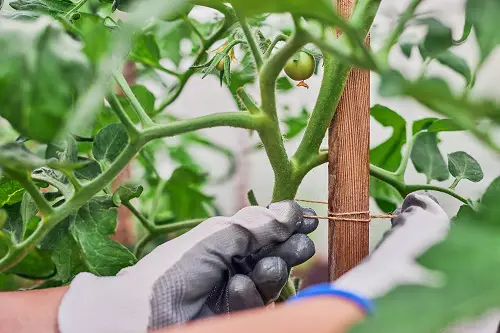
Staking the trailing specimens supports them in growing upwards without being affected by heavy wind, rain, or critters. It also keeps the foliage or fruits from dangling on the ground, thus preventing fungal infestation.
You may use sticks, chicken wires, twigs, pipes, or any vertical object to fasten the plants and train them upwards.


